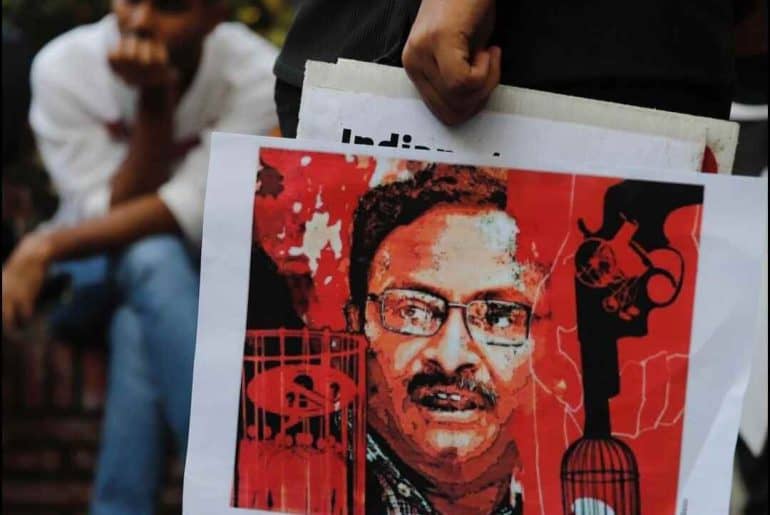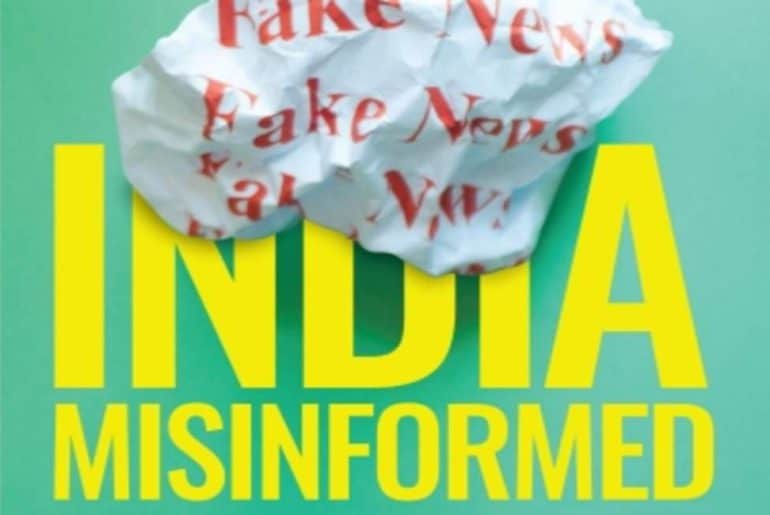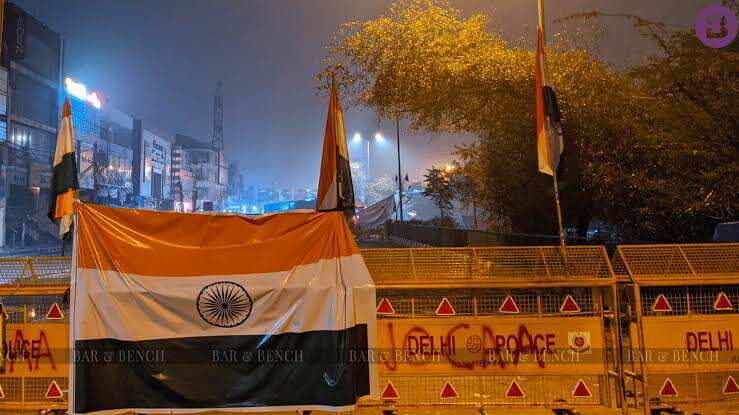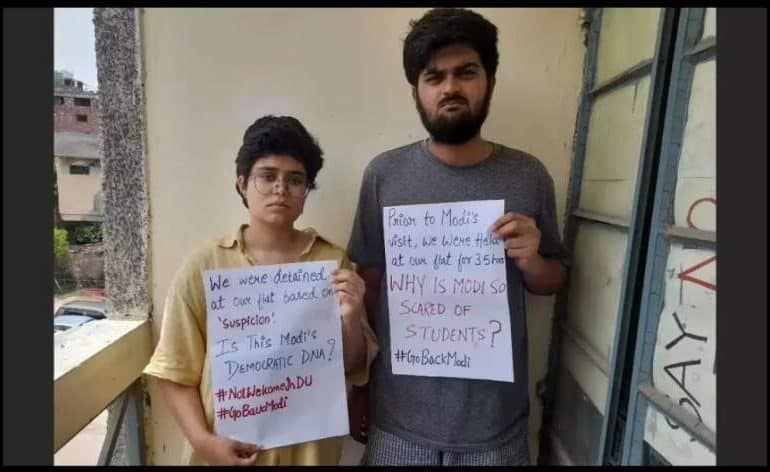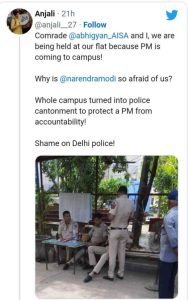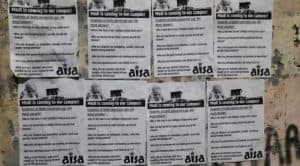With the commencement of the 2022 admission season, many DU aspirants are in a state of confusion and panic over which college to choose, and what would be best for them. Here we present the college profile of Hansraj College of the University of Delhi to make taking an informed choice easier for you.
Hansraj College was established in 1948. It is located in the University of Delhi’s North Campus. It has been ranked 14th in the college rankings of NIRF 2022. The college is known for having produced several alumni who have excelled in their respective fields. Notable alumni include Shah Rukh Khan, Naveen Jindal, and Kiren Rijiju.
Courses & Placements
The college offers the following undergraduate course:-
- B.A. (Honours)
- Economics
- English
- Hindi
- History
- Philosophy
- Sanskrit
- B.A. (Programme)
- B.Com (Honours)
- B.Sc (Honours)
- Anthropology
- Botany
- Chemistry
- Computer Science
- Electronics
- Geology
- Mathematics
- Physics
- Zoology
- B.Sc (Programme)
In the 2021 placement drive, the highest package offered in Hansraj College was 20.25 LPA. The average package was 5.7 LPA. 115 companies participated in the placement drive, and over 185 offers were made. The top recruiters were McKinsey & Company, Boston Consulting Group, DE Shaw & Co., and United Airlines.
Scholarships
Merit and need-based Scholarships are given by the college. The Student Welfare Committee holds interviews for the same. The number of students that benefit is usually around 100 but varies as per the students’ requirements. The college also has the facility to give fee concessions from 50% to 100%, based on annual income, family background, girl child, etc.
Other Scholarships: The students are also offered scholarships by DAV, Single Girl Child policy, NCERT, and FAEA to name a few. In addition to these scholarships, students also benefit from the Inspire scholarships by the Department of Science and Technology and the scholarships extended by CBSE.
Scholarship for the Enabling Unit: Two awards of Rs.5000 and Rs.3000 are given to the meritorious students of the Enabling Unit every year by the College Alumni Association.
Scholarship for Differently-Abled Students: Every student belonging to the differently-abled category gets a full fee waiver and is required to contribute to the Students’ Union fund and some other minimal charges only.
Note: additional information about the scholarships can be found on the respective college websites.
Societies
The college has several societies. These include:
- Hansraj Dramatics Society
- English Debating Society
- Illuminati, the quiz society
- Kalakriti, the fine arts society
- Nishtha, the civil services society
Note: Further information about the societies can be found on the respective college website.
Facilities
- Library: The library comprises four sections: the Main Library, individual Departmental Libraries (Sciences), the Periodicals, and the Textbook Sections.
- Amphitheatre and Auditorium: The College has a feature-rich air-conditioned auditorium having a seating capacity of around 600 which makes it one of the largest auditoriums in the University.
- Canteen
- Sports Facilities: The College has facilities for both outdoor and indoor games. The College has a huge sports ground and a basketball court between the college and the hostel premises.
- Laboratories: This includes laboratories for Chemistry, Physics, Electronics, Botany, Zoology, and Computer Labs.
- Seminar Room
- Common Room
- Yoga Room
- Medical Facilities: College has a medical room with all the necessary first aid and a mobile stretcher. Hansraj is well connected to a hospital that is within 500m of its main gate.
- Yagyashala: The college has an established Vishwa Bandhu Centre of Indian Culture (Delhi Unit). The VVRI centre now works in alliance with the research department of D.A.V. College Management for the collection, preservation, and publication of ancient texts.
- Computer Facilities: The college campus is Wi-Fi enabled with access to all the resources that the University provides centrally.
- Hostel Facilities: The College accommodates around 200 undergraduate male students in its hostel. It has a common room, a multifaceted gym, and arrangements for indoor and outdoor games. The building of a women’s hostel has recently been sanctioned by the college administration.
- Enabling Unit: This cell consists of more than 100 volunteers to assist students with physical disabilities, with their regular course of studies. An Enabling Unit Room with audio aids, computer facility, etc. is available in the college. Ramps and a foot-over bridge connecting two different blocks of the college have been constructed.
- Photostat cum Stationery Shop
- Language Lab and Media Centre: It’s an acoustically efficient media centre that is soundproofed. It has sturdy walls to keep any disturbance out. The rooms are outfitted with the most up-to-date computer systems as well as other necessary equipment such as printers, microphone systems, and audio mixer soundboard consoles.
What do Students Say About their College?
The constant chatter at Lover’s Point, coffee brewing at the Nescafe, sitting on the path beside the office – Hansraj is an emotion. Walking around the red walls, one can spot students getting their books to the library, the dogs eating their food, and the casual drop of SRK’s name in conversations under the C-block trees. This is Hansraj.
Shiuli Sural, a 3rd year student.
Read Also: ‘Beyond The Obvious: Hansraj College‘
Featured Image Credits: DU Beat Archives
Urmi Maitra


